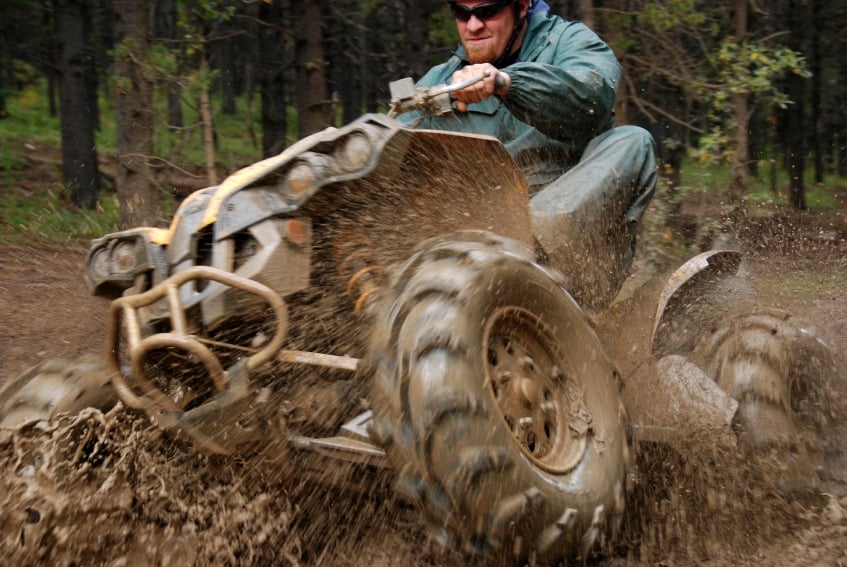Insurance policies for directors and officers (D&O) liabilities have yet to gain much application in terms of occupational health and safety penalties. But D&O insurance policies are in Australia and are established in other countries.
According to Wikipedia:
“Directors and Officers Liability Insurance (often called D&O) is liability insurance payable to the directors and officers of a company, or to the organization(s) itself, to cover damages or defense costs in the event they suffer such losses as a result of a lawsuit for alleged wrongful acts while acting in their capacity as directors and officers for the organization.”
A decision by the High Court in England throws further light on the application of D&O. Continue reading “D/O liability insurance gets to England’s High Court”

